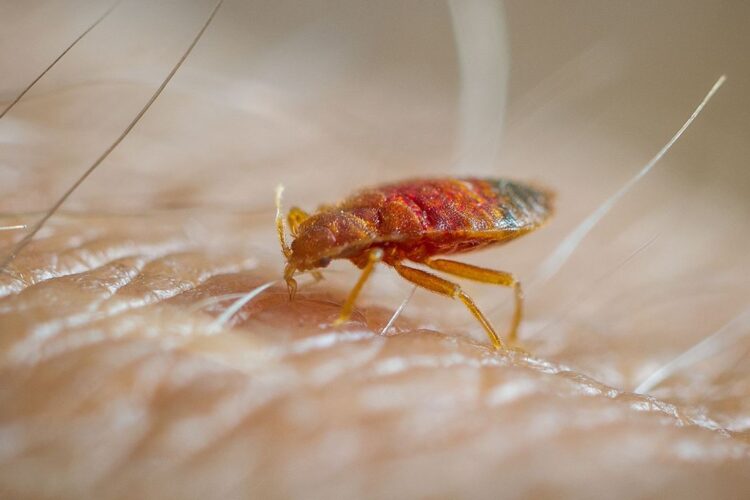Bed bugs are one of the most challenging pests to eliminate. Despite their small size, these resilient insects have adapted to survive under harsh conditions and can quickly infest homes, hotels, and other spaces. Understanding why bed bugs are so difficult to remove can help homeowners and businesses take the right steps to combat an infestation effectively.
1. Rapid Reproduction Rate
One of the biggest reasons bed bugs are hard to eliminate is their ability to reproduce quickly. A single female bed bug can lay up to 200-500 eggs in her lifetime, with eggs hatching in just 6 to 10 days. This means a small infestation can turn into a major problem in a matter of weeks.
What You Can Do:
- Regularly inspect your home for signs of bed bugs, such as shed skins and tiny white eggs.
- Use mattress encasements to prevent bed bugs from reaching hiding spots.
- Contact a professional exterminator at the first sign of an infestation.
2. Resistance to Pesticides
Over time, bed bugs have developed resistance to many common insecticides. This makes traditional chemical treatments less effective, leading to the need for stronger and more targeted solutions.
What You Can Do:
- Avoid relying on over-the-counter sprays, as they may not be effective.
- Consider professional heat treatments, which kill bed bugs at all life stages.
- Rotate treatment methods to prevent resistance buildup.
3. Excellent Hiding Abilities
Bed bugs are expert hiders, making them difficult to locate and eliminate. They can squeeze into tiny cracks, inside furniture, behind wallpaper, and even within electrical outlets. Because they don’t build nests, finding them can be incredibly challenging.
What You Can Do:
- Conduct thorough inspections in areas like bed frames, seams of furniture, and behind baseboards.
- Use vacuuming and steam treatments to reach hidden bed bugs.
- Install bed bug interceptors under bedposts to monitor their presence.
4. Ability to Survive Without Food for Months
Unlike other pests, bed bugs can survive without a blood meal for several months, depending on environmental conditions. This makes it difficult to starve them out, especially in unoccupied rooms.
What You Can Do:
- Don’t assume an infestation is gone just because you haven’t seen any bed bugs for a while.
- Maintain regular inspections even after treatment.
- Use long-term prevention strategies such as protective covers and routine cleaning.
5. Increased Mobility and Spread
Bed bugs are hitchhikers, meaning they spread by latching onto luggage, clothing, and furniture. Once inside a home or building, they move easily between rooms and can even travel through walls in multi-unit buildings.
What You Can Do:
- Be cautious when traveling—inspect hotel rooms and keep luggage elevated.
- Wash clothes in hot water immediately after returning from a trip.
- If you live in an apartment, report any infestations to management promptly.
6. Misidentification and DIY Treatment Mistakes
Many people mistake bed bug bites for mosquito or flea bites, delaying proper treatment. Additionally, ineffective DIY treatments can make infestations worse by pushing bed bugs to relocate to new hiding spots.
What You Can Do:
- Learn the key signs of a bed bug infestation, such as blood stains on sheets and small black fecal spots.
- Seek professional help for proper identification and treatment.
- Avoid moving infested furniture to other rooms, as this can spread the problem.
Final Thoughts
Bed bugs are difficult to eliminate due to their rapid reproduction, pesticide resistance, excellent hiding skills, and ability to survive without food for months. The key to successful treatment is early detection, thorough inspections, and professional intervention. If you suspect a bed bug problem, don’t wait—take action immediately to prevent the infestation from worsening. For a professional pest control company, we recommend bed bugs extermination nyc.


